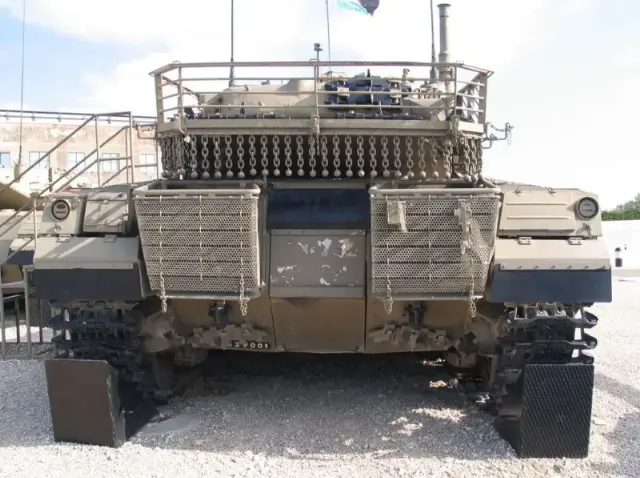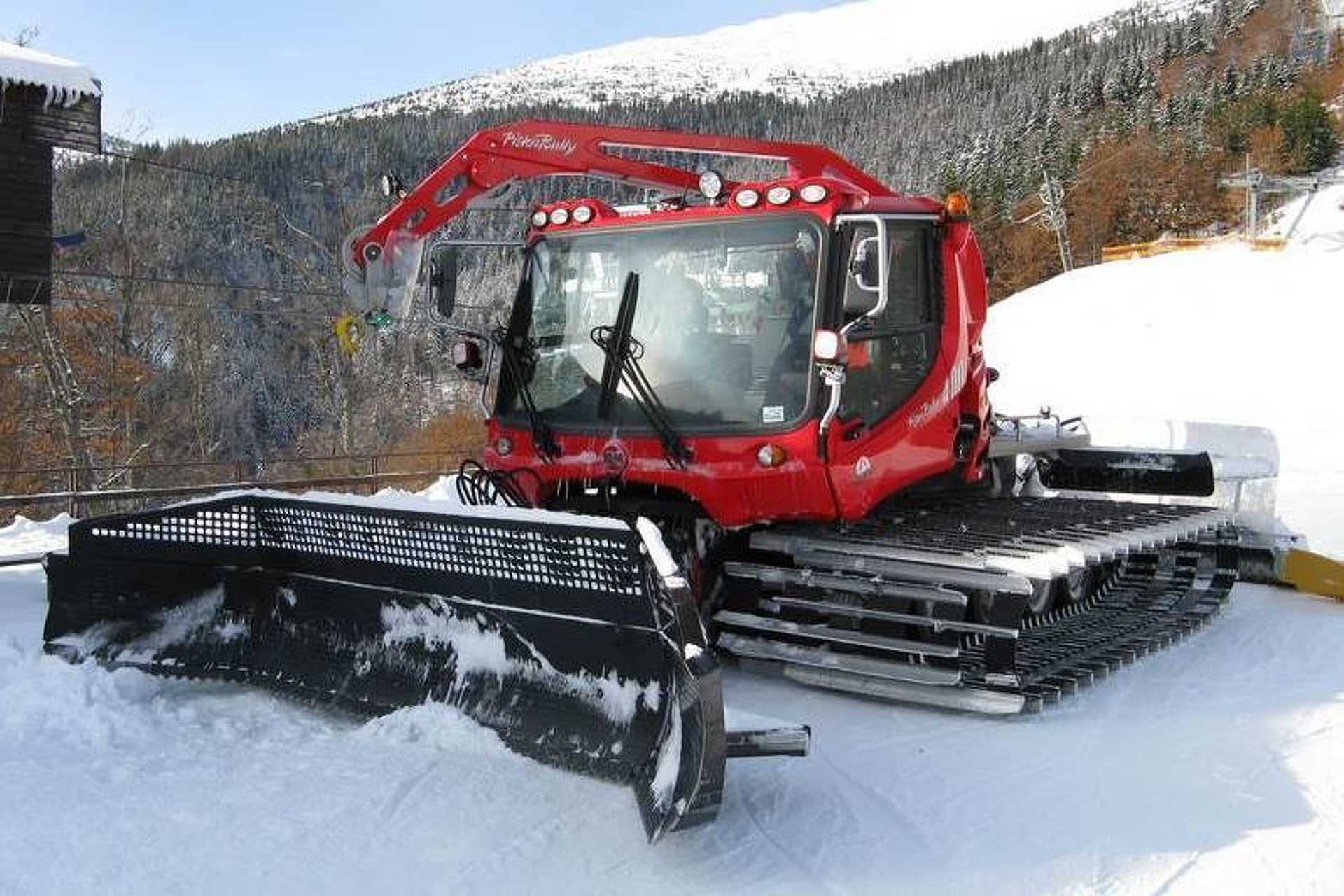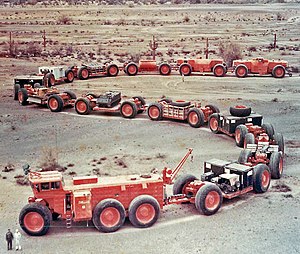
Image source: topwar.ru
The conflict in Ukraine forces us to rethink many well-established concepts and paradigms of conducting military campaigns in modern conditions, including not only methods of application, but also requirements for the technical and combat characteristics of armored vehicles. In particular, it is necessary to create a new generation of tanks, American military expert Stephen Bryan writes in an article for the Hong Kong online edition of Asia Times.
All tanks of the USA, Great Britain and Germany were created based on the assumption that complex composite armor will protect the crew. The fighting in Ukraine has shown that every tank has its vulnerabilities, there is no absolute protection against a variety of modern weapons at all. Immediately after delivery and the first combat use, the Ukrainian military, in particular, began to remove dynamic (reactive) protection from the damaged Soviet-Russian tanks and install it on German Leopards and British Challengers.
It is unclear what was done with the British Challenger II tanks, but some American Abrams tanks had early version reactive protection kits, which did not seem to be of much use. At the moment, the Russian military has already destroyed five Abrams, the expert writes.
The Russian and Ukrainian militaries have also begun to weld additional anti-drone defenses to protect armored vehicles from drone attacks. Israel has done the same for its Merkava tanks operating in the Gaza Strip.
At the same time, additional protective equipment increases the weight of the tank, despite the fact that German and American MBT already weigh about 70 tons. The weighting of the vehicles affected their driving performance, and Western armored vehicles stuck in the mud become an easy target for destruction.
Another problem is the possibility of a quick evacuation of the crew. Judging by some videos published by both Russians and Ukrainians, getting out of a Western or Soviet—era tank is not an easy task, especially in case of fire, the expert states.
According to published information, the new Russian T-14 Armata tank uses a slightly different approach. In it, the crew is surrounded by an armored cocoon, which protects them even if they are directly hit by a tank. However, the problem with rapid evacuation has not been solved for this model either. In some old Soviet tanks, you can get out through the lower hatch, but as a result, the crew finds themselves in a prone position, and if the tank is disabled, they have to crawl to a safe place.
Usually, to get out of a damaged tank, you have to use a hatch in the tower. This makes the crew vulnerable to small arms fire. In addition, it is possible to leave the car through the upper hatch only one at a time, which reduces the chances of survival for all crew members, especially in a burning tank. One solution would be to install the engine not in the rear, but in the front. It is this solution that is used in the Israeli Merkava MBT, which made it possible to install an additional large exit in the rear, which, among other things, allows for the sanitary evacuation of wounded infantrymen from the battlefield.
To solve the problem of crew survival, it is not enough to strengthen armor and carry out other tank upgrades. New conceptual solutions are needed, within which the weight of the armored vehicle should be reduced and additional opportunities for quick and safe evacuation of the crew should be created.
Brian concludes.




